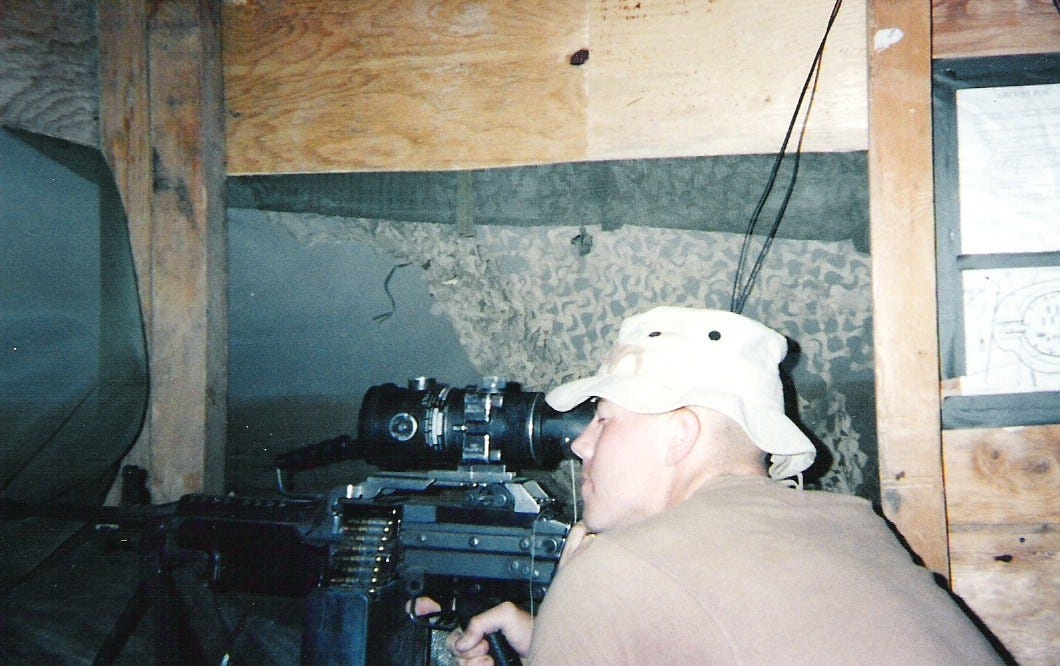Scandinavia Buys America’s Best Air Defense System for Ukraine
Let's take a deep dive into Patriot's advantages and disadvantages

In a move that looks like a Scandinavian Costco run for high-end weaponry, Sweden, Norway, and Denmark have agreed to jointly bankroll a $500 million NATO initiative to fast-track American arms to Ukraine.
The Swedish Ministry of Defense confirmed that this cooperative shopping spree will include more missiles for the Patriot air defense system, other critical air defense gear, and a healthy serving of anti-tank ammunition for good measure.
“This is an important initiative of NATO and the United States,” said Norwegian Prime Minister Jonas Gahr Støre, “It helps Ukrainians quickly receive vital military equipment for self-defense and strengthens cooperation between the United States and European countries.”
Essentially, he’s saying the Ukrainians need these systems yesterday, and if Europe has to swipe the card to make that happen, so be it.
Sweden is chipping in $275 million of the total, with the rest split between Norway and Denmark. NATO Secretary General Mark Rutte, clearly happy with the arrangement, praised the three countries for stepping up.
The deal falls under a July 14 agreement allowing European nations to pay for US weapons shipments to Ukraine, with NATO’s newly formed Security Assistance and Training Unit (NSATU) managing the logistics.
More Patriots really are the big headline here, so let’s take a fresh look at the system.
Patriots: The Gold Standard of Ukrainian Air Defense
The Patriot has gotten a bad rap in 2025 for being an overpriced air defense option for Ukraine. I’m even guilty of calling it a Fabergé egg.
I have a personal history with the Patriot. This image is of me guarding a Patriot battery on the Iraq border:

But the truth is that in the world of modern air defense, it is a status symbol. Possessing it says, “We are plugged into the most advanced air-defense network on Earth, and we have friends with deep pockets.”
Unlike shoulder-fired systems or even medium-range batteries, the Patriot operates as part of an integrated radar, command, and missile ecosystem that can track, evaluate, and intercept threats at ranges that give pilots and missile crews nightmares.
What makes it stand apart in Ukraine’s arsenal is not only its ability to hit targets at extreme distances, but its ability to discriminate.
The Patriot’s radar does not just see a blob of “something” in the sky; it builds a high-fidelity picture of that target’s size, speed, and trajectory, allowing operators to prioritize real threats over decoys. This matters in Ukraine, where Russia regularly tries to flood the sky with cheap Shahed drones or converted target drones in the hope that defenders will waste expensive missiles.
The system’s engagement envelope is also flexible in a way that matters on Ukraine’s patchwork battlefield. A single Patriot battery can defend a major city from cruise missile strikes in the morning, then switch to hunting high-altitude bombers or even low-orbit reconnaissance drones in the afternoon.
It is not a one-trick pony; it is a multi-role, multi-mission guardian that keeps Russian pilots guessing about where they can fly and for how long.
For Ukrainian operators, the Patriot has become the top tier of a layered defense strategy. While smaller systems like IRIS-T, NASAMS, and MANPADS like Stinger and Piorun handle the low and medium threat bands, the Patriot watches the upper tier: the domain of strategic bombers, ballistic missiles, and long-range cruise weapons.



